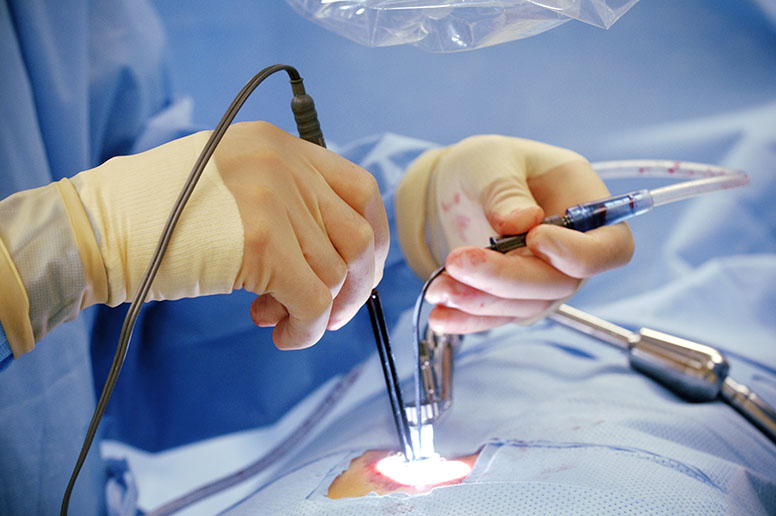Minimally Invasive Cardiac Surgery (MICS) is an innovative approach to performing cardiac surgeries with smaller incisions compared to traditional open-heart surgery. It offers several advantages, including reduced pain, shorter hospital stays, quicker recovery, and improved cosmetic results. Here's an overview of minimally invasive techniques for valvular, coronary, and congenital heart surgery:
Minimally Invasive Valvular Heart Surgery:
-
Mitral Valve Repair/Replacement : Surgeons can access the mitral valve through small incisions in the chest (mini-thoracotomy) or even through robotic-assisted techniques. This approach is less traumatic and results in faster recovery.
-
Aortic Valve Replacement : Minimally invasive aortic valve replacement is typically done using a small incision in the chest or through a catheter-based approach (Transcatheter Aortic Valve Replacement - TAVR).
-
Tricuspid Valve Surgery : Similar to mitral valve surgery, minimally invasive techniques can be used to repair or replace the tricuspid valve.
Minimally Invasive Coronary Artery Bypass Grafting (CABG) :
-
MIDCAB (Minimally Invasive Direct Coronary Artery Bypass) : This approach involves accessing the coronary arteries through a small incision in the chest wall, often on the left side. It's suitable for specific cases where only one or two coronary arteries require bypass.
-
Aortic Valve Replacement : Minimally invasive aortic valve replacement is typically done using a small incision in the chest or through a catheter-based approach (Transcatheter Aortic Valve Replacement - TAVR).
-
Tricuspid Valve Surgery : Similar to mitral valve surgery, minimally invasive techniques can be used to repair or replace the tricuspid valve.
Minimally Invasive Congenital Heart Surgery:
Atrial Septal Defect (ASD) and Ventricular Septal Defect (VSD) Closure: These congenital heart defects can often be repaired using minimally invasive techniques, such as catheter-based closure devices.
Patent Ductus Arteriosus (PDA) Closure: Similar to ASD and VSD closure, PDA closure can be done via catheterization in many cases.
Hybrid Procedures :Some complex congenital heart conditions may require a combination of surgical and interventional approaches, often referred to as hybrid procedures. These can involve both minimally invasive and traditional surgical techniques.
Robotically Assisted Surgery:In certain cases, surgeons use robotic-assisted systems, such as the da Vinci Surgical System, to perform minimally invasive cardiac surgeries. These systems offer enhanced precision and control.
Benefits of Minimally Invasive Cardiac Surgery:
- • Smaller incisions result in less pain and scarring.
- • Reduced risk of infection and complications.
-
- • A lower risk of bleeding.
- • Improved cosmetic outcomes.
- • Potentially better long-term outcomes for certain patients.
However, not all patients are suitable candidates for minimally invasive procedures, as the approach depends on the specific heart condition, its complexity, and the patient's overall health. The choice between traditional open-heart surgery and minimally invasive techniques should be made in consultation with a cardiac surgeon who can assess individual circumstances.
It's important to note that the field of cardiac surgery continues to evolve, and new techniques and technologies may have emerged after my last knowledge update in September 2021. Therefore, it's advisable to consult with a healthcare professional for the most up-to-date information and recommendations regarding minimally invasive cardiac surgery.


